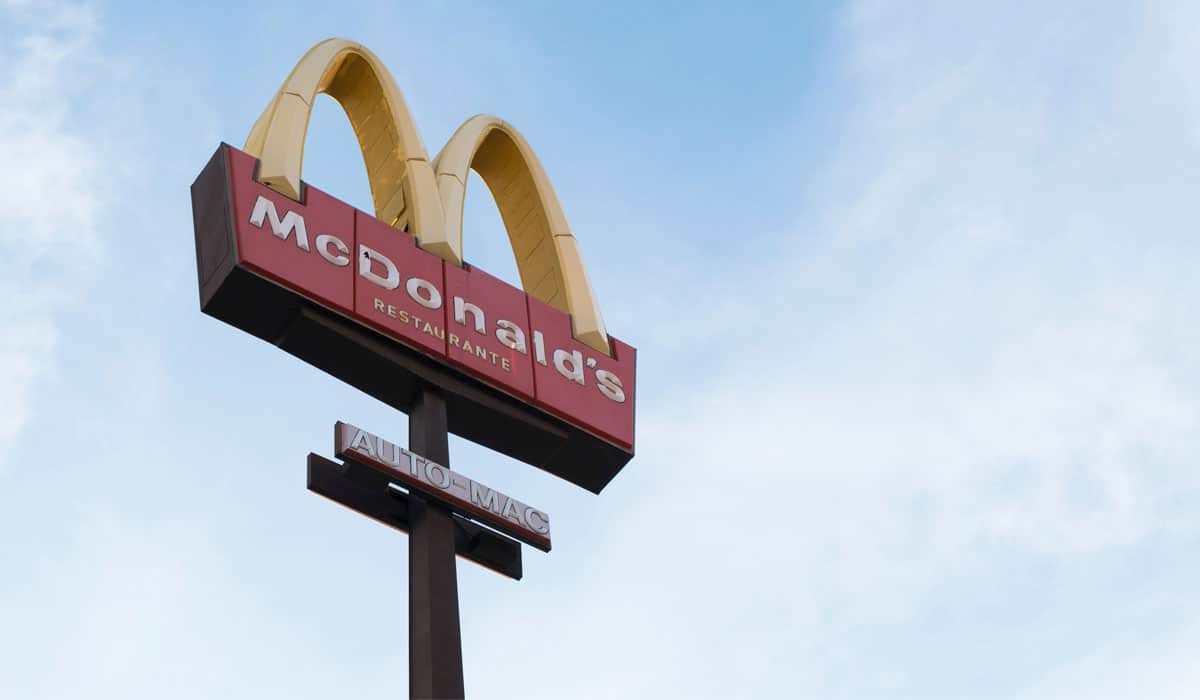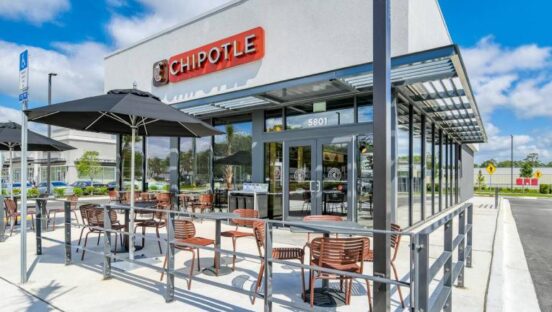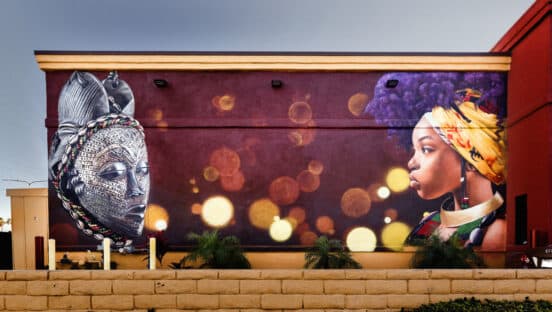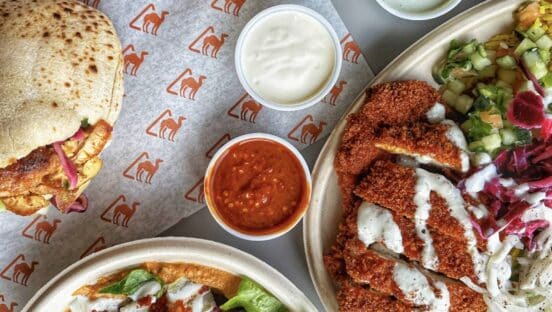





The whitespace of disruption
The pandemic has sparked a shift in delivery models and a wave of digital transformation for the quick-service restaurant sector, operating in an environment where online food delivery orders in the U.S. rose 10 percent in 2021 to over $31 billion.
This creates opportunities which new entrants often seem better equipped to capitalize on, in spite of starting with fewer resources. Partly this is due to having a fresh slate, and no existing customer base to onboard, but it’s also due to a strategy of reaching underserved segments, and innovative approaches to monetizing audiences.
It can feel like a challenge to adapt when change has to be rolled out at 800 stores, not a team of eight employees, but here are five disruptive trends which established players can turn to their advantage and head off the competition.
Going where the people are—whether that’s an online space, or a physical one
Online communities form around things that people find interesting: quirky ideas, captivating content, and favorite personalities. Countless small food businesses established themselves in part thanks to clever social strategies.
Now savvy challengers in the restaurant industry are emerging to serve online communities in different ways. Virtual Dining Concepts, for example, made a big splash with its TikTok Kitchen news, which sees it partner with influencers to turn culinary creations which go viral into menu items that consumers can order online.
Established brands are also looking at this space—KFC’s intentions to launch in the metaverse have been revealed recently (Wendy’s and Chipotle have done so of late), and while it’s easy to be cynical about the value of this approach, there are ways to be involved in these spaces in less intense ways. Subway’s #Tuna4Tuna campaign in Animal Crossing is a good example.
It’s important in the real world, too—Domino’s adding an option to deliver pizza to your parked car gives it a competitive advantage simply by making use of existing location tracking tech.
Blending physical and digital experiences
Relatedly, as customers spend more time online, digital channels have become integral to the dining experience. Restaurants that can leverage this are emerging as the biggest winners.
Blending physical and digital experiences does not necessarily require expensive technical solutions; for smaller players, using existing tools and channels can be effective.
This could mean integrating existing online ordering functions into the in-store experience, like letting customers order via their smartphones and track the progress of their meal in real time. For example, the Chipotle app reflects the brand’s personality throughout the ordering journey with images and tone of voice, and provides a QR code for customers to scan in the restaurant to earn loyalty points.
It could also mean having fun with the in-restaurant experience and adding elements of digital. A brand known for having great music could offer playlists: Nando’s Spicy Selections on Spotify let customers bring the South African peri-peri chicken brand’s vibe home. Doughnut Time, founded in Australia, has a quirky, pop-culture savvy presence on social channels and they make it easy for customers to join in and share its products to their own networks. Their handles feature prominently on every box of doughnuts, which are designed to “look great on the ‘gram,” while they actively respond to customer-created content, affirming and amplifying it.
This socially driven initiative by a fan of Mexico City’s innumerable street food vendors is an inspiring use of resources available for free.
Doing less to focus more deeply on what matters to customers
With the rise of pop-ups and food trucks, customers have become accustomed to limited menus offering a small number of signature items, which are not only truly special but have a certain cachet, especially on social channels.
Established brands have bigger menus for many reasons, but leaning into the core offering and paring back on extraneous parts of the offer makes a lot of business sense in terms of competitiveness and all the benefits that focus on what you do best can bring.
This applies even more when so much business is shifting towards delivery, and certain menu items don’t travel well. Taster is a great example: its five brands are all delivery only, and it has focused on dishes which don’t suffer from being packed up and transported.
Making brand values part of the story
With six in 10 Americans saying sustainability is an important factor in purchase decisions and two-thirds wanting to support ethical brands, it’s never been more important to focus on corporate values.
Challengers do have an advantage here, with greater freedom to build sustainability into their businesses and talk about it with customers in a genuine way. Ready Burger in the U.K. seized this opportunity, offering an entirely plant-based McDonalds-style menu, at prices comparable to McDonald’s—managing to crowdfund capital for their expansion in the process.
Established players should tell their stories too though—it could be new packaging or a switch to renewable energy supplies; it could be calculating how many tens of thousands of gallons of used cooking oil you’ve recycled in the past decade.
Brand values aren’t just about eco credentials, and many quick-service restaurant businesses have strong track records when it comes to hiring people who have disabilities, or those with criminal records. With attitudes changing to how marginalized people are treated by society, these can be powerful stories to tell.
Adopting subscription and membership models
COVID-19 forced tens of thousands of restaurants to pivot to a delivery model, while many also experimented with options like cook-at-home meal kits. But even now they’re open again, they continue to experiment with different business models and pricing strategies in the hunt for ways to maximize the profitability of physical locations.
This seems to be one area where established players are doing better with disrupting the market.
Rib & Chop House, the Montana-based steak chain, for example, found itself faced with fully booked restaurants, especially with the shortage of hospitality workers biting. This has been turned to their advantage with their Royalty subscription program, which lets members jump the queue (among other benefits) for $50 per month.
Taco Bell has recently added a $10 subscription tier to its rewards program. This unlocks a secret menu on the Taco Bell app, allowing customers to redeem one limited edition taco a day for 30 days. Across the pond, one of the United Kingdom’s homegrown restaurant chains, Pizza Express, has recently revamped its app-based membership club to make sure it rewards customers whether they dine in, order delivery, or purchase one of its products sold through grocery stores—all with a pleasingly old-school system of collecting (virtual) stamps.
It’s been a challenging time for the quick-service restaurant industry, but focusing on the opportunities reveals numerous ways to turn disruption to an advantage, one which might just deliver huge rewards.
Katherine Robinson Hodges is a product manager at Future Platforms, which works with brands, including Domino’s Pizza, to develop digital products and experiences that users love and keep coming back to.













